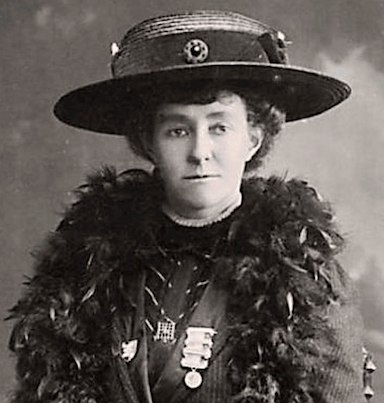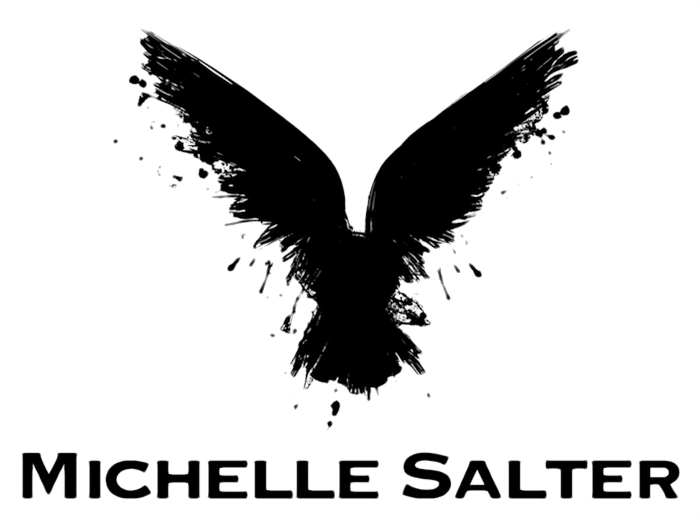Suffragette hunger strikes and the horror of force feeding
Thoughts of her mother’s hunger strike in Holloway Prison haunt Iris Woodmore in my novel, Death at Crookham Hall.
Newspaper reports of the force-feeding of suffragettes caused outrage at the time.
The first suffragette to go on hunger strike was Marion Wallace Dunlop, a Scottish artist and author. In 1909, Marion was sent to Holloway Prison after being charged with wilfully and maliciously damaging the stonework of the House of Commons.
Marion went on hunger strike to protest against being classified as a criminal prisoner instead of a political prisoner. Her hunger strike began on 5 July 1909. When a prison doctor asked her what she would eat, she replied, "My determination".
After 91 hours of fasting, she was released as prison authorities feared she would die. When other suffragettes imprisoned for criminal acts began to protest by going on hunger strike, the dreaded force-feeding was introduced.
Warders would prise open the prisoner’s mouth with steel devices and insert a long hose into their nose or throat. A mixture of milk, eggs or other liquid food was poured into the stomach.
There are reports of women suffering broken teeth, bruising, bleeding, vomiting and choking as the food went down. Severe damage was done to the women's faces, mouths, lungs, and stomachs.
Emmeline Pankhurst commented: "Holloway became a place of horror and torment. Sickening scenes of violence took place almost every hour of the day, as the doctors went from cell to cell performing their hideous office."
The Women's Social and Political Union used graphic illustrations of women being forcibly fed to shock the public. The tactic worked, and public opinion began to turn in favour of the suffragettes and against the government.

The government reacted by introducing the 1913 Prisoners (Temporary Discharge for Ill-Health) Act to deal with the problem. This Act allowed the early release of a prisoner if their hunger strike dangerously weakened them. However, once they were well again, they would be recalled to prison to continue their sentence, and the situation would repeat itself.
The Act became known as the Cat and Mouse Act, the government seen as a cruel cat, toying with its prey.

The Women's Social and Political Union awarded military-style campaign medals to the women who had endured hunger strikes.
A round hallmarked silver medal engraved with the words ‘Hunger Strike’ was hung on purple, white and green ribbon (the colours of the WSPU). The silver pin bar was engraved with the words ‘For Valour’. The silver bars on the medal represent periods of hunger strike, and the enamel bars represent periods of force-feeding.

The Museum of London holds the medal awarded to Emmeline Pankhurst who went on hunger strike during a two-month prison sentence in 1912 for throwing a stone at a window of 10 Downing Street.

Emily Wilding Davison (1872 - 1913) wearing her suffragette medals
The suffragette hunger strikes ended in Britain in 1914 when the Women's Social and Political Union suspended militant action for the duration of the First World War.
In Death at Crookham Hall, Iris initially refuses to accept her mother’s medal, still angered by her death. But later becomes reconciled when she learns the truth about her mother's last fatal suffragette protest.

